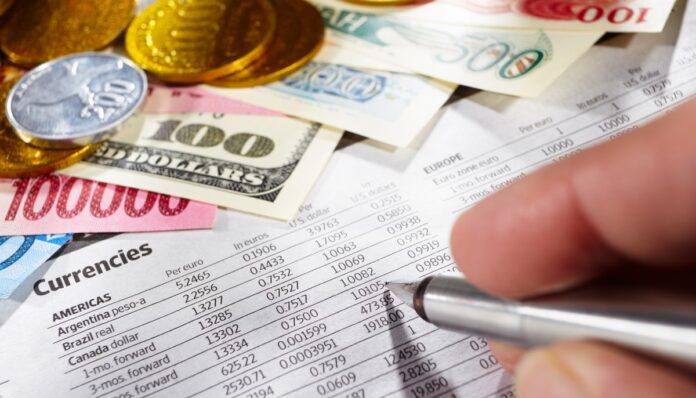If you’ve got a trip to Europe planned, you’ll be glad to know that the currency exchange rate has been pretty favorable toward the U.S. dollar as of late.
According to the Federal Reserve’s Nominal Broad U.S. Dollar Index, which measures the dollar’s appreciation compared to other currencies, American greenbacks have been beating other foreign currencies for much of the past year. And that can translate into savings for American travelers to Europe and other places.
Money expert Clark Howard hates for you to lose your hard-earned money on foreign currency exchange rates or needless fees.
Traveling to Europe? Here Are Clark’s 4 Foreign Money Tips
In this article, we’ll go over some steps Clark says you should follow before your trip, including one of his “Never, Not Ever” rules.
Are you ready to save? Let’s get started.
1. Let Your Bank and Credit Card Issuer Know You’re Traveling Abroad
Make sure you tell your bank and credit card issuer(s) that you’re going out of the country and that you’ll be withdrawing funds and making transactions while you’re gone.
If you fail to take this simple step, you could find yourself at the cash register with a shopping bag full of stuff only for your credit card to be declined by your financial institution!
When I went to Ireland a few years ago, I made a point to alert Chase that I was going out of town for several days and would be making transactions. Chase asked me to provide my specific travel dates as well as the country I was visiting.
Alerting your bank and credit card company about your travels helps them monitor your accounts for fraud and will reduce the likelihood that your transactions get declined.
According to Experian, “Many card issuers allow you to set up a notice on their website or using the card’s mobile app. Others require you to call by phone to notify them.”
2. Use an ATM Card To Change Your Money
“You want to use your ATM card to get euros,” Clark says. “This is true for any place you go in Europe.”
“You get a much, much better rate when you get euros out of an ATM than if you go exchange at a bank or one of those money-changing things in an airport.”
But you shouldn’t use just any ATM, says Clark: “You want to make sure that the ATM card you use is fee-free … and that your financial institution doesn’t charge you any foreign currency junk fees when you get euros out.”
Some major U.S. banks have international partners for ATM use. Check your bank’s website to see which banks in your destination country will let you withdraw money with no fees.
3. Watch Out for Foreign Transaction Fees
Some credit cards and ATM cards charge foreign transaction fees. You don’t want to pay those.
Here are what some of the major financial institutions say about fees when you use their credit and/or debit cards abroad:
As I mentioned, you can avoid foreign transaction fees with certain credit cards. Read our guide on the best credit cards with no foreign transaction fees.
And note that Clark warns against using a debit card for purchases — anywhere.
4. Clark’s ‘Never, Not Ever’ Rule for Money Exchange
And now for that “Never, Not Ever” rule:
![]() “One place you should never, never, never, not ever change money from U.S. dollars to any foreign currency is at any American airport — unless you just hate your money and you want to throw it away!”
“One place you should never, never, never, not ever change money from U.S. dollars to any foreign currency is at any American airport — unless you just hate your money and you want to throw it away!”
“The exchange rates you get in an international terminal … in a U.S. airport are the world’s worst!” Clark says. As he always does, Clark wants you to wait until you get to your destination to get those euros.
Want to spend less when you vacation? Follow Clark’s #1 travel rule to save on your next trip.













